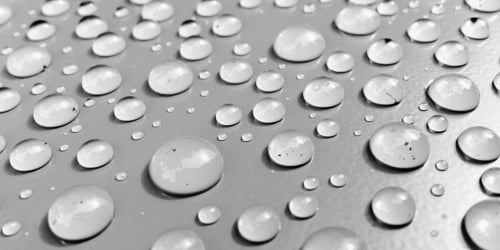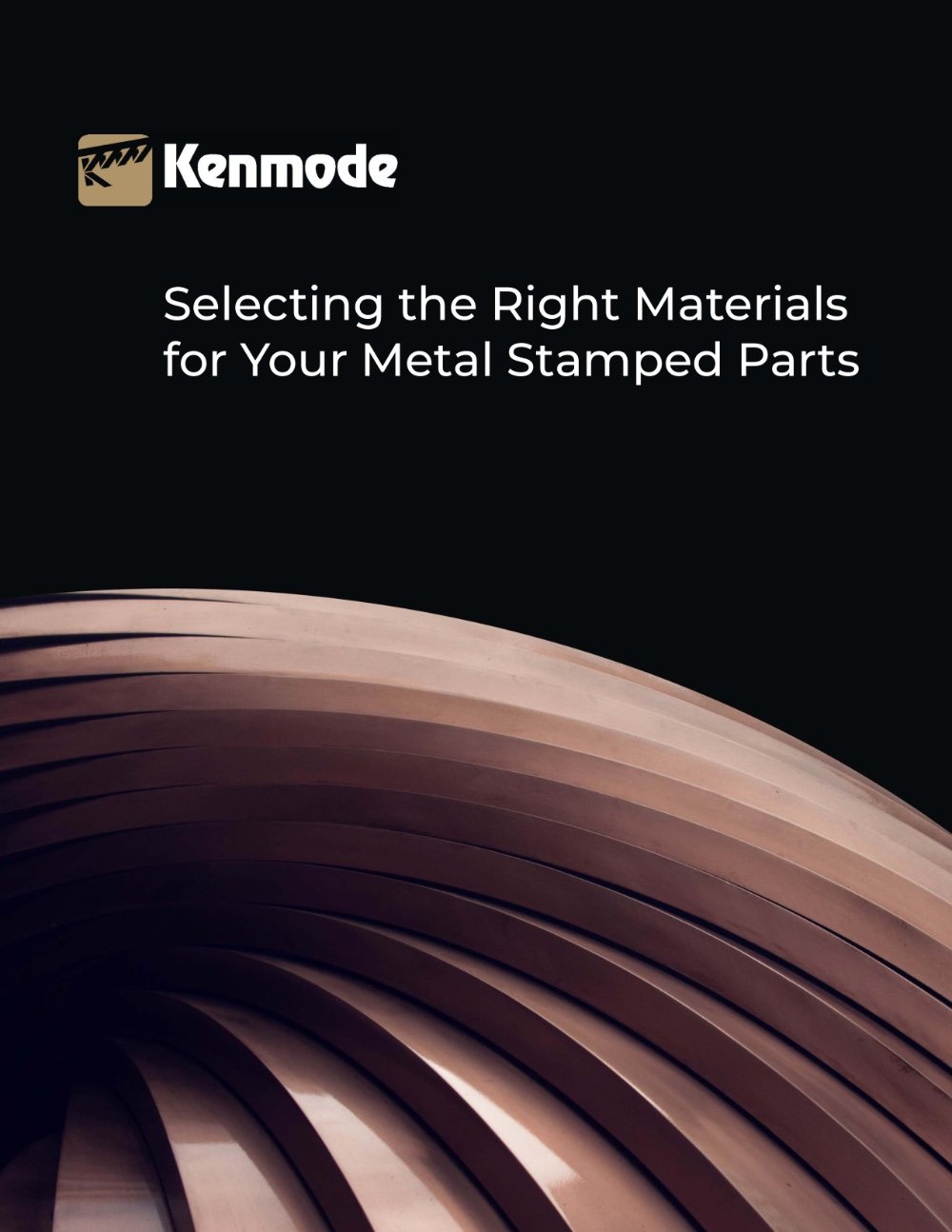Of the many finishing options available for metal stampings, powder coating and electro-coating (e-coating) are often preferred by automotive OEMs and Tier suppliers of car parts and systems, as well as by other industries, including agriculture and architecture/construction. The coating methods may be used singly or in combination to make a metal stamping more attractive to the eye and better able to resist corrosion in harsh operating environments, such as underbody and under-hood car parts. Both methods provide a very durable finish.
Metal stamping engineers can provide guidance upfront on whether e-coating, powder coating, or both will provide the optimal finish for the stamping’s operating environment.
Advantages of E-coating and Powder Coating for Metal Stampings
“E-coating serves as a primer for mostly steel and some aluminum stamped parts,” says Greg Klemenswicz, vice president of operations for Tru-Tone Finishing, with facilities in Illinois, Kentucky and Texas. “Its primary use is for corrosion protection, although it is sometimes used for appearance purposes.” He notes that stamped parts for car interiors, such as bracketing, are often e-coated with black epoxy to achieve a uniform black finish.
“Powder coating is typically done for aesthetic reasons, although it also offers corrosion protection,” Mr. Klemenswicz explains. “Powder coating can achieve any color or formulation needed to improve appearance.” For example, metal stampings that appear in point-of-purchase displays in retail settings may undergo powder coating for decorative purposes. The powder coating may be formulated for matte, gloss, or semi-gloss finishes.
For some applications, both e-coating and powder coating are used, with e-coating as the primer to improve adhesion and provide base corrosion resistance and a secondary powder coating for appearance. “The two-coat system results in big gains in corrosion protection and a superior finish,” Mr, Klemenswicz adds. “E-coating and powder coating are both environmentally friendly.” For automotive applications, the combination may be used for visible stamped components such as window trim.
How E-coating and Powder Coating Work
Specialized Pre-treatment of Metal Stamped Parts
Stamped parts are individually placed on racks to undergo a customized cleaning process before e-coating or powder coating, depending on the type of metal substrate to be coated. Aluminum, galvaneal, pre-galvanized, zinc castings, and cold rolled steel all require different levels of cleaning, conditioning, or zinc phosphating for a proper finish, and then are rinsed with reverse-osmosis water.
E-Coating
The stamped parts are submerged in a water-based black epoxy paint bath. The bath, which is electrically charged, causes the epoxy particles to be attracted to the stampings. The voltage of the electrical charge can vary, based on the specification of coating desired. This method is particularly effective for coating areas that are hard to reach with other processes.
Metal stamping engineers together with their approved suppliers of powder coating and e-coating can provide guidance to OEM and Tier engineers on the best method for the custom stamping and its specifications and operating environment.
Powder Coating
Stamped parts are sprayed with finely ground plastic particles that have been electrostatically charged. The stampings are then cured to achieve strong adhesion to the part and the desired decorative finish.
Quality Inspection and Packaging
As the parts are removed from the racks, stampings are inspected to ensure that the thickness of the coating meets industry standards, such as ASTM, and that the finish has bonded well to the part and shows no scratches.
Depending on the manufacturer’s requirements for shipping and handling, either the coating supplier or the metal stamping firm may provide bulk or custom packaging, such as reusable packaging, cell packs or stacked parts. The metal stamper can advise the OEM or Tier supplier on the best packaging, based on the complexity of the part and the most efficient method for handling the stampings when they reach the assembly line.


